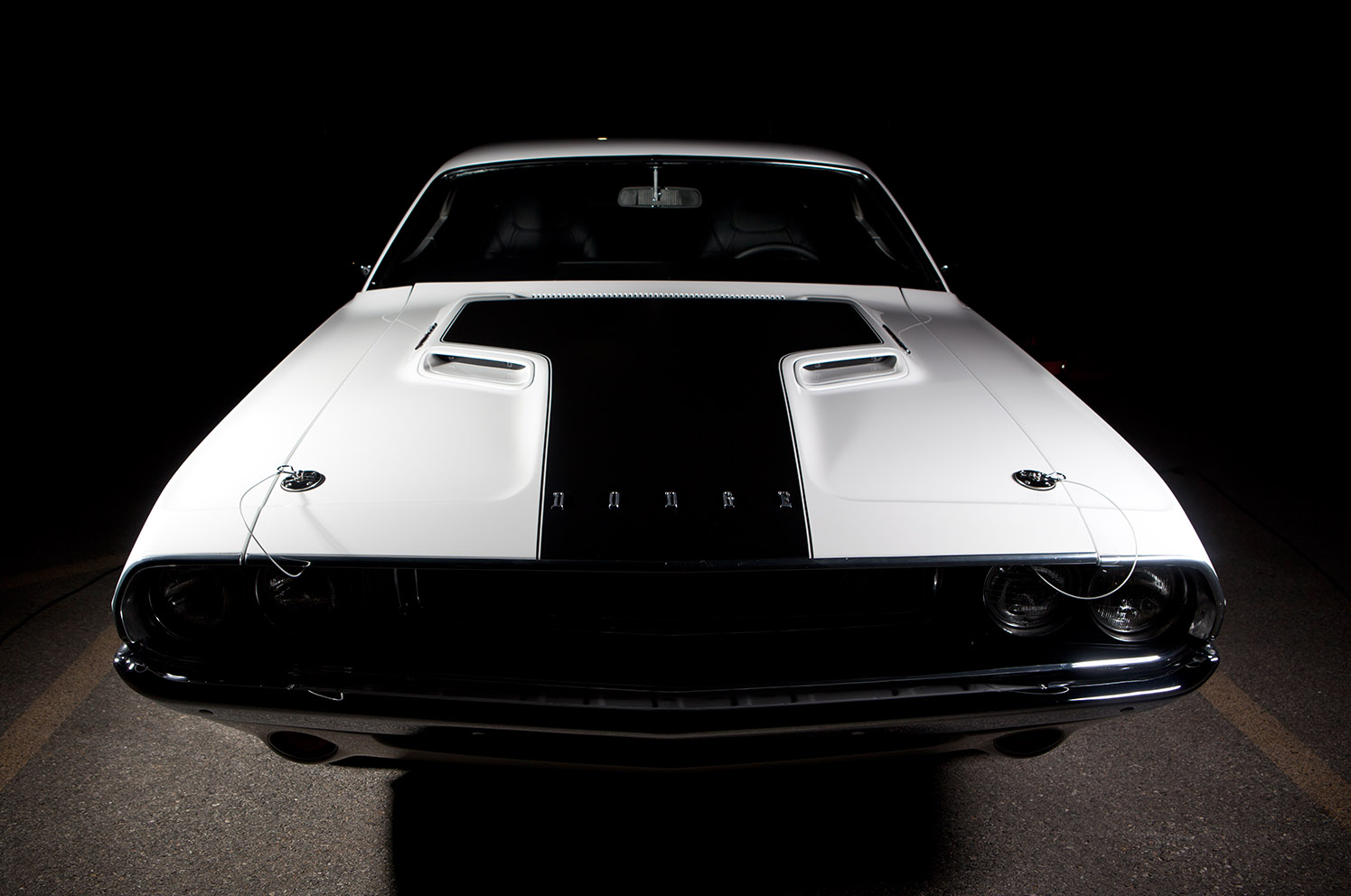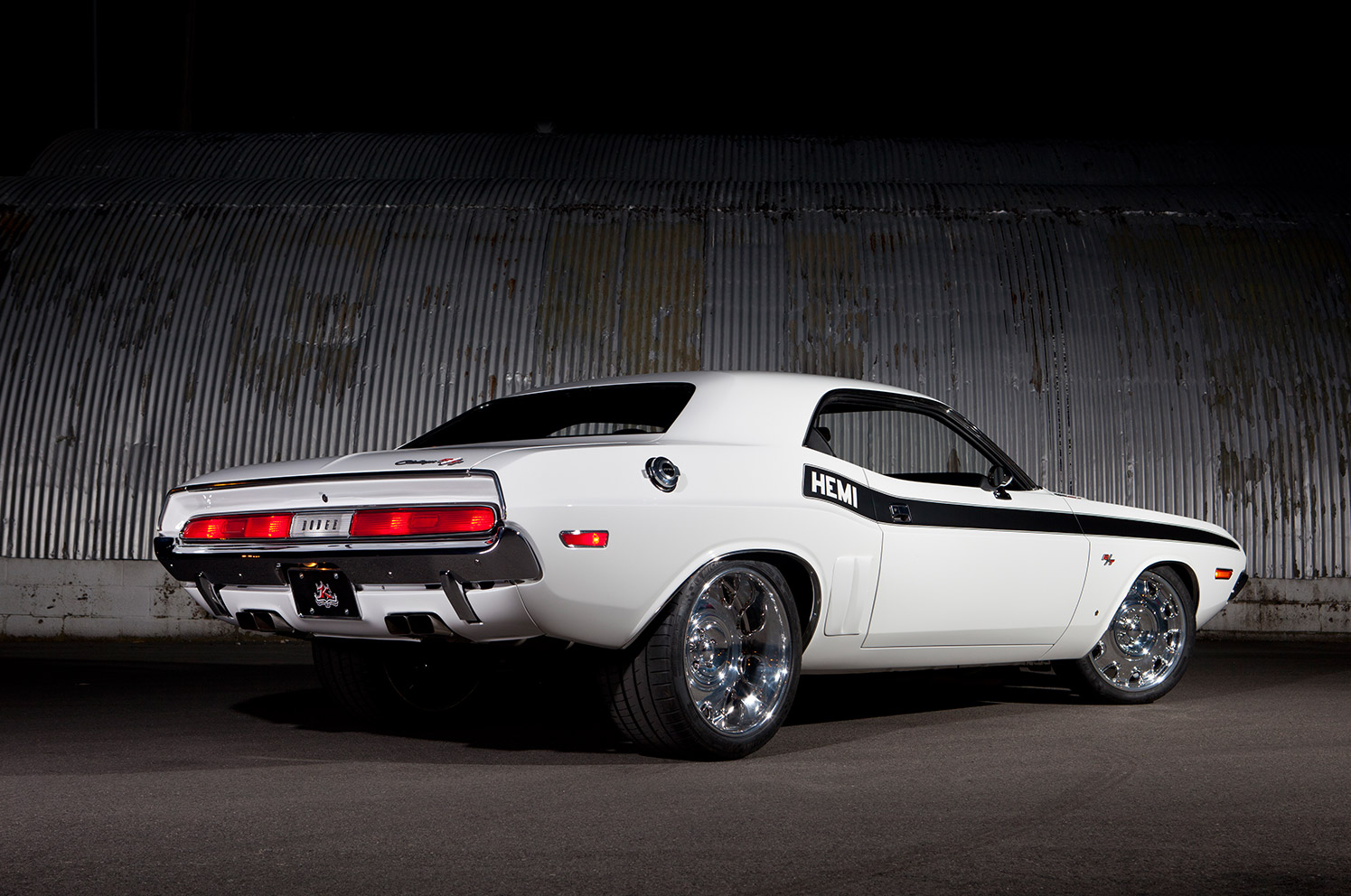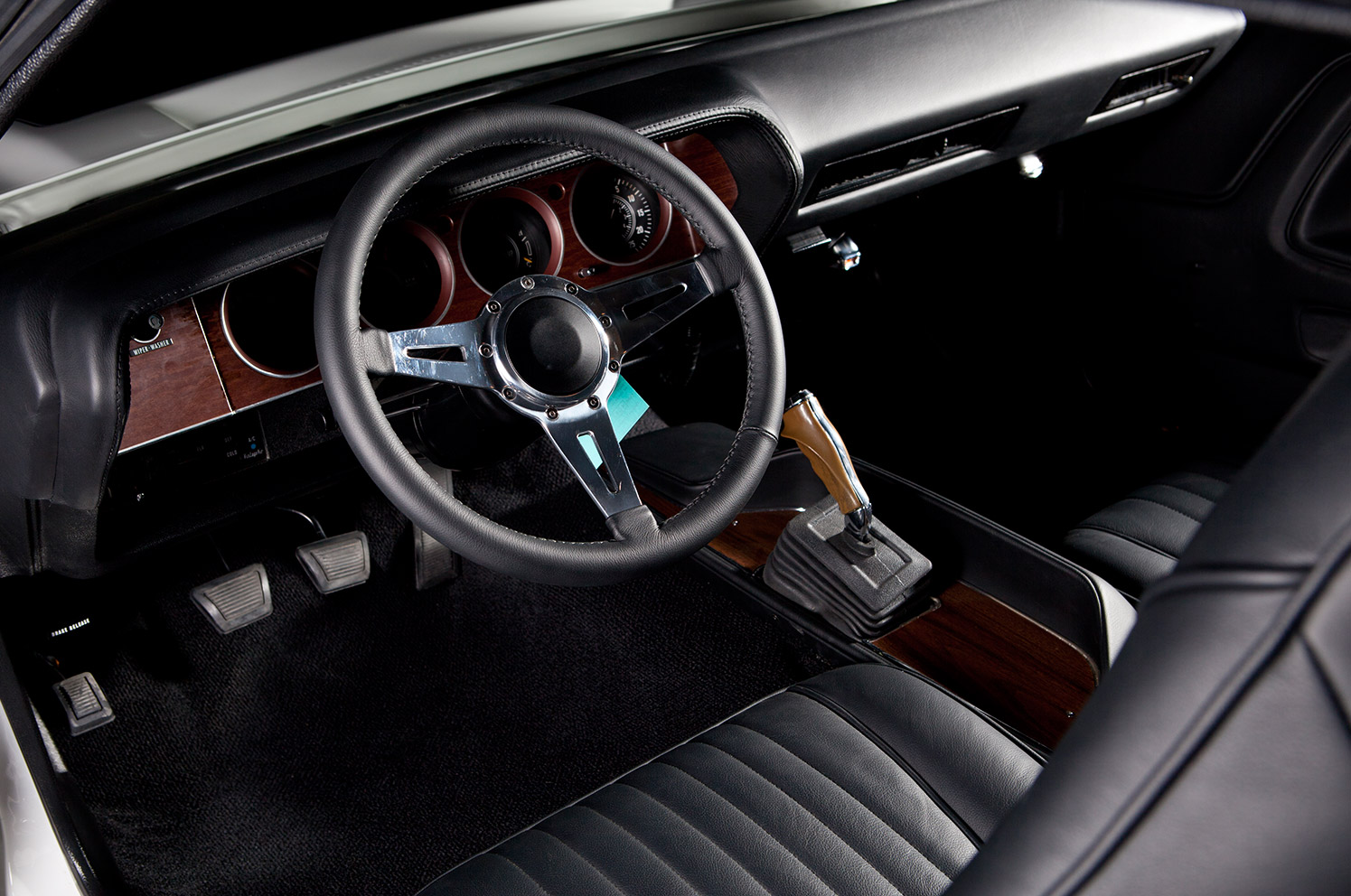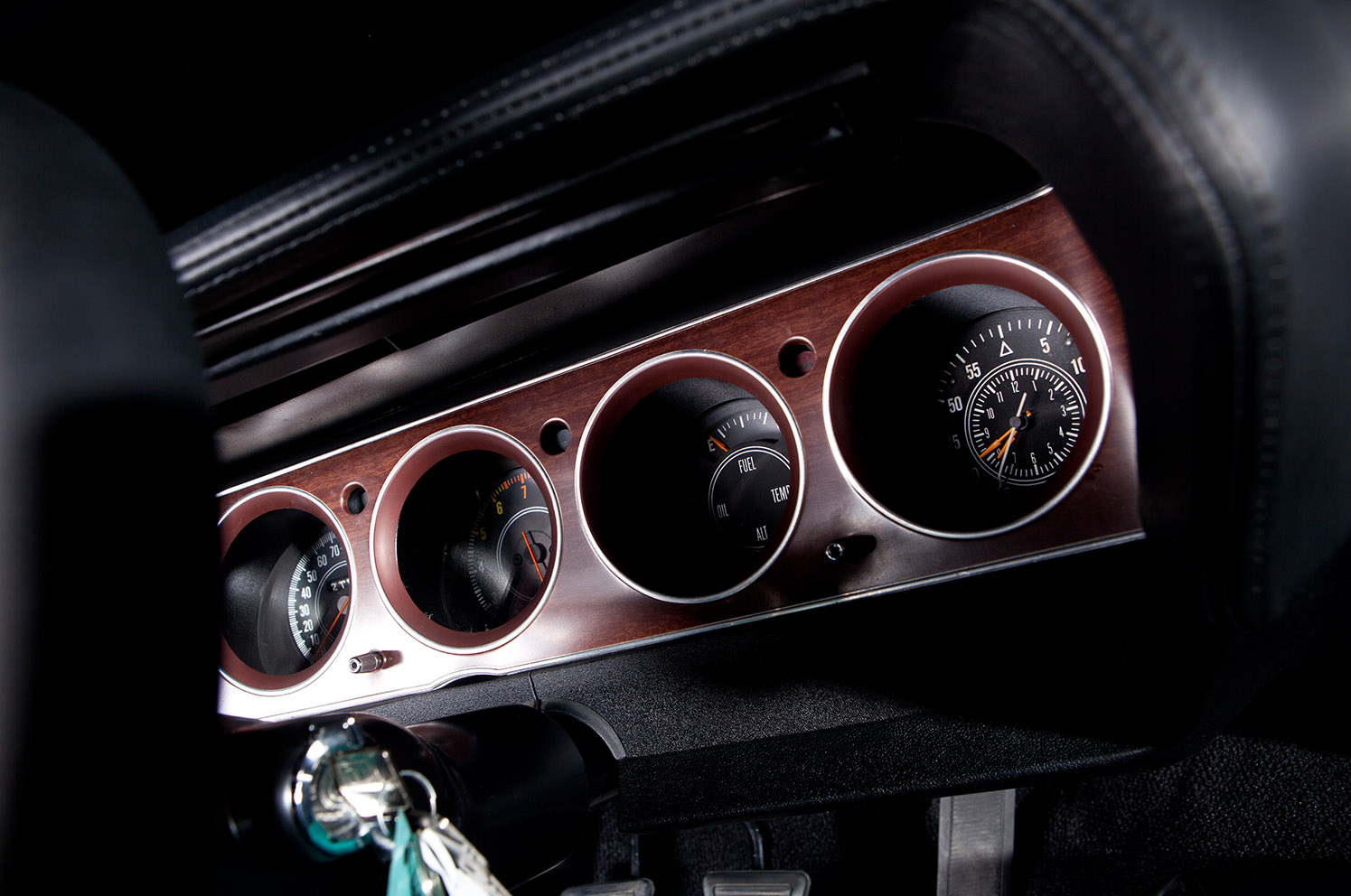When it comes to American muscle cars, few can match the mystique and power of the 1970 Dodge Challenger. This iconic automobile has captured the hearts of car enthusiasts and movie buffs alike. In this article, we’ll take a deep dive into the history, design, and enduring appeal of the 1970 Dodge Challenger.
The Birth of a Legend
The 1970 Dodge Challenger burst onto the scene, representing a true contender in the muscle car arena. Its sleek design, bold lines, and powerful engine options set it apart from the competition. Dodge designed the Challenger to go head-to-head with the likes of the Ford Mustang and Chevrolet Camaro, and it did so with style.
Engine Power and Performance
Under the hood, the 1970 Dodge Challenger offered a range of potent engine choices, including the legendary 426 Hemi V8. This engine, with its jaw-dropping horsepower, made the Challenger a force to be reckoned with on the drag strip and the open road. Car enthusiasts still marvel at its power, making it a sought-after collector’s item.
Timeless Design
The Challenger’s design has stood the test of time. Its aggressive front grille, distinctive dual headlights, and shaker hood scoop are instantly recognizable. The 1970 model year introduced the iconic “R/T” (Road/Track) package, which included racing stripes and bold decals, further solidifying its place in automotive history.
Pop Culture Icon
The 1970 Dodge Challenger’s fame transcends the automotive world. It became a cultural icon, thanks in part to its prominent appearances in movies and television shows. Perhaps most notably, the Challenger starred in the 1971 film “Vanishing Point,” solidifying its status as a symbol of freedom and rebellion.
Restoring and Preserving
For those fortunate enough to own a 1970 Dodge Challenger today, restoration is a labor of love. Enthusiasts across the globe invest time and resources to bring these classics back to their former glory. Restoring a Challenger isn’t just about fixing a car; it’s about preserving a piece of American history.
In conclusion, the 1970 Dodge Challenger remains a true legend in the world of muscle cars. Its timeless design, powerful engines, and cultural significance continue to captivate enthusiasts of all ages. Owning and experiencing a Challenger is more than just driving a car; it’s embracing an icon.
FAQs
- How much is a 1970 Dodge Challenger worth today? The value of a 1970 Dodge Challenger can vary widely based on factors like condition, rarity, and originality. Well-preserved models can fetch six-figure sums at auctions.
- What are some common issues with restoring a 1970 Challenger? Common restoration challenges include finding original parts, addressing rust and corrosion, and ensuring the engine and drivetrain are in top condition.
- Did the 1970 Dodge Challenger win any racing championships? While it didn’t win championships, the Challenger’s formidable power and speed made it a strong contender in various racing events during its era.
- Is the 1970 Challenger still in production? No, the original 1970 Challenger is no longer in production. However, Dodge has reintroduced the Challenger in modern iterations.
- Where can I find resources for restoring a 1970 Dodge Challenger? Enthusiast forums, classic car clubs, and specialized restoration shops are excellent resources for those looking to restore a 1970 Challenger.





